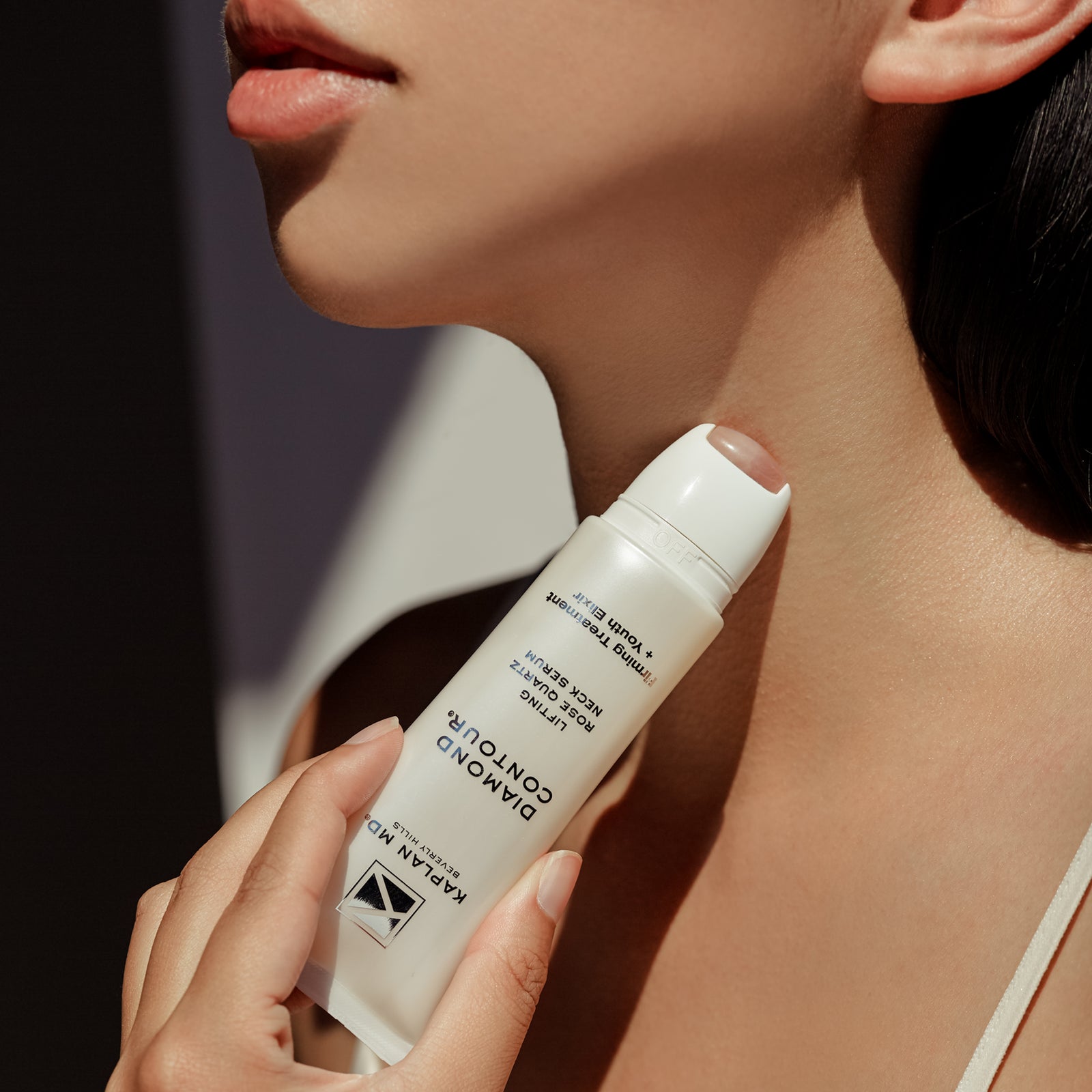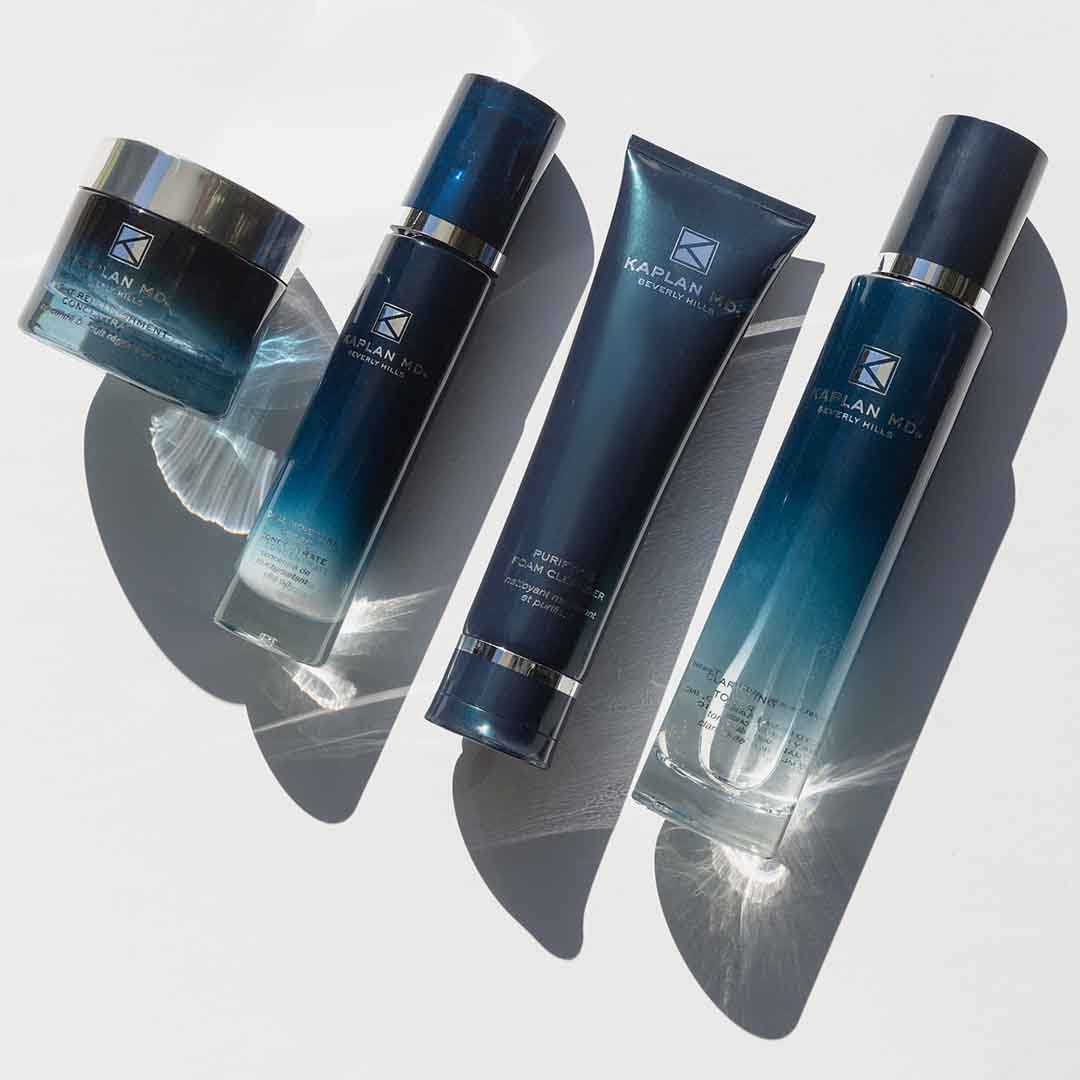Dr. Kaplan – Hindradenitis Suppurativa
HINDRADENITIS SUPPURATIVA
Hindradenitis suppurativa (HS) is a skin disease that many people mistake for acne because deep cysts can form and often look like boils. If a cyst ruptures, an annoying discharge leaks out.
Another name for HS is acne inversa or apocrine gland acne, which means acne that appears in the skin folds. HS forms where skin touches skin. It is common in the armpits and groin. Unlike everyday acne, many people have HS for life. Treatment can prevent HS from worsening.
SIGNS AND SYMPTOMS
HS begins on areas of the body where skin touches skin. It is most common in the armpits and groin. It also forms on under women’s breasts, on the buttocks, and around the anus. If it worsens, HS can appear on skin that has lots of friction such as the waistband, inner thighs, and back of the neck. It even develops behind the ears, on the scalp, and on the eyelids. When HS begins, you often notice:
- Blackheads
- A single, painful bump under the skin that lasts for weeks or months
- Itching, burning, and excessive sweating where HS forms
- Over time, HS tends to worsen and you may notice:
- Pimple-like bumps that enlarge and become painful
- Swollen, hot and tender skin (infection)
- Bumps break open leaking blood and pus (discharge)
- Discharge has a foul odor
- Bumps grow together after breaking open.
- Scars
- Tunnel-like tracts under the skin
- Pain and difficulty moving due to thick scars
THOSE AT RISK
HS usually begins in people who are otherwise healthy. Most people develop it between 15 and 30 years of age, but HS can begin at any time. Females and people who have blood relatives with HS have a higher risk of getting HS.
CAUSES
HS can run in families. It is not contagious. You cannot get it from touching someone who has HS. Like everyday acne, HS begins with clogged pores. The pores clog with dead skin cells and other substances. Scientists believe that the body over-reacts to the clogged pores, causing HS. Research continues to explore who some people have this over-reactive response.
DIAGNOSIS
HS can look like everyday acne, boils, and other skin diseases. To the trained eye of a dermatologist, however, may subtle differences and clues exist. To make the diagnosis, a dermatologist will look at your skin and ask specific questions.
Sometimes a dermatologist also orders a blood test or swabs fluid from a leaky HS sore onto a slide to take a culture to see if there is an infection. When HS goes untreated for years, serious infections can develop.
TREATMENT
No one treatment works for everyone who has HS. Finding treatment that works for you may require trying different approaches. To get relief, you may need to follow a treatment plan that includes medicine, procedures, and lifestyle changes.
Your dermatologist can help you decide which treatment is best for you. Medicine that helps treat HS includes:
ANTIBIOTICS
Applied to the skin and taken in pill form, antibiotics help in the early stags. They can fight infection, prevent HS from getting worse, and stop future outbreaks.
CORTICOSTEROID SHOTS
A dermatologist injects this medicine using a fine needle in the HS to reduce pain and swelling.
ORAL RETINOID
A retinoid can stop the pores from producing too much oil, which helps prevent clogged pores.
HORMONE THERAPY
Some women get relief from taking a medicine called an anti-estrogen and a birth-control pill.
BIOLOGIC
This type of medicine works on the immune system. Taking a biologic involves giving yourself shots at home or receiving infusions at a hospital or clinic. Some patients have had long remissions with no visible HS.
MEDICINE THAT QUIETS THE IMMUNE SYSTEM
Medicines that quiet the immune system can help clear HS and prevent new HS from forming. These medicines include corticosteroids, dapsone, and methotrexate.
HS can grow deep into the skin and then into the underlying tissue. When this happens, medicine alone may not work. A dermatologist may recommend one of the following procedures:
DRAIN OR INCISE
This is a type of surgery, which a dermatologist can perform during an office visit. The dermatologist either drains the SH or cuts out the entire HS. This can help when the patient has one or two deep lumps. It provides short-term relief, but the HS often returns.
LASER SURGERY OR ANOTHER LIGHT PROCEDURE
These procedures are showing much promise. Some patients have clear skin after several treatments. This procedure can be effective for new HS and deep HS lesions.
EXCISION
This surgical procedure involves removing the HS and some normal-looking skin. After removing the HS, the doctor covers the area with a skin flap or skin graft. Healing takes time. HS does not return to the treated spot, but new HS can form nearby.
RADIOTHERAPY
This procedure beams high-dose radiation at the HS. Some patients have cleared with this treatment. Because it exposes the body to radiation, you must carefully consider the pros and cons.
LIFESTYLE CHANGES CAN HELP
Many people ease their signs and symptoms of HS when they do the following:
- Wear loose-fitting clothing
- Stay cool (i.e., avoid overheating and sweating)
- Do not shave where HS forms
- Stop smoking
- Lose weight if overweight
CONSULT A DERMATOLOGIST
Seeing a dermatologist for treatment is important. Early diagnosis and treatment can prevent painful, deep, pea-shaped bumps from forming under your skin. If deep, painful bumps form, the s kin will scar as the bumps heal. Years of scarring can make walking painful. Thick scars in an armpit can limit how far you are able to raise your arms.Treatment can prevent new HS bumps from forming and help clear existing HS. The earlier treatment begins, the better the outcome.
All content solely developed by the American Academy of Dermatology.








